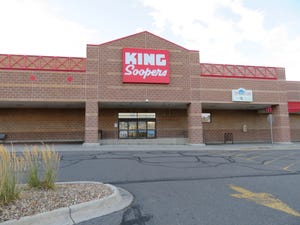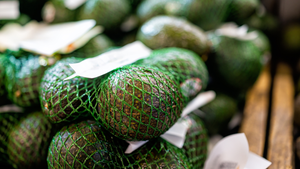Creating Momentum in the Pet AisleCreating Momentum in the Pet Aisle
How can grocery retailers make their pet aisles true destinations for shoppers who’ve relied on pet superstores to fill their needs in the past?
January 1, 2018
Knowing the kinds of products pet parents seek is important. But how can grocery retailers make their pet aisles true destinations for shoppers who’ve relied on pet superstores to fill their needs in the past?
Carrying a wide assortment of products at a variety of price points—and making sure those products are readily available in-store or online—are the most logical and most important steps, industry experts say. They also offer the following tips for retailers hoping to grow pet product sales:
Cross-merchandise products in themed sections. “Having an ‘organic’ section that includes organic foods, treats, shampoos and grooming products can lead to an add-on sale of shampoo, for example, to the customer who buys organic food,” says Tom Wien, director of marketing for Cardinal Pet. He also suggests creating a section related to pet training that features training videos, training rewards and training leads.
Have an online option. The online experience has to be simple (meaning what the customer is looking for is two clicks away), accurate (inventory on shelf should match the inventory and images featured online), and comparable to what shoppers will find in-store where pricing and promotions are concerned, says Joe Toscano, director of industry and trade relations for Nestle Purina.
Consider cause-marketing tied into pet products. This can be especially effective in attracting millennial shoppers, Toscano says. “Millennials like to purchase from retailers and brands that help better a cause. A charitable promotion can earn you loyalty from the powerful millennial shopper.”
Create a pet store within a store. “Lead with ultra-premium offerings at the end of the aisle to drive awareness with shoppers that the assortment they’re looking for is available,” says Annina Silverman, director of marketing for the Rachael Ray Nutrish brand manufactured by Ainsworth Pet Nutrition. That store within a store should also feature educational signage about the different categories of foods and pet benefits associated with the different types of diets, she adds. “For example, having an ‘ultra-premium’ or ‘natural’ heading with information around the benefits of real meat-first diets [for] more energy, or grain-free foods [for] better digestion,” Silverman says.
About the Author
You May Also Like




